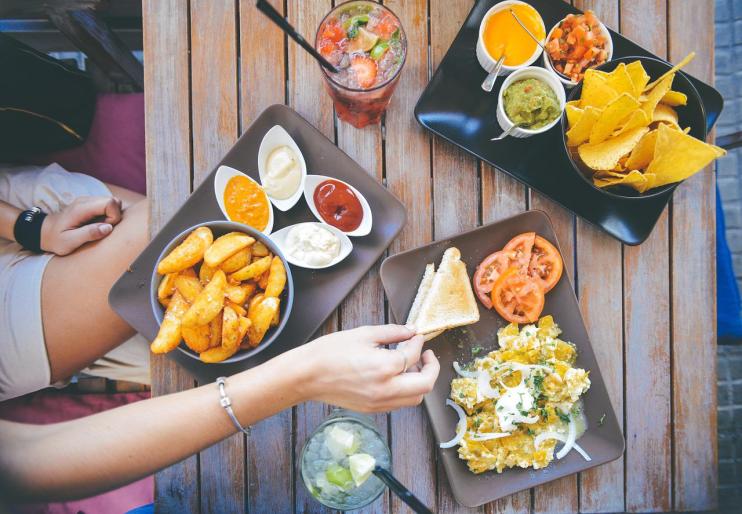Calories on the menu: Bosses fear new rules for restaurants will leave a sour taste

Diners are being confronted with the calorie contents of meals at some restaurants under new laws that come into effect today – but could this do more harm than good?
Hospitality bosses have said the changes come at the worst possible time, as the sector endeavours to recuperate pandemic losses while staring down the barrel of other rising costs.
As part of ministers’ plans to tackle obesity, businesses with more than 250 employees are now required to display the calorie amounts for food and drinks under 1.2 per cent ABV.
Print runs of new menus were likely to cost individual businesses in the region of tens of thousands of pounds, according to one trade body’s estimate. Calculating the contents of meals has also come at a high price.
For Mexican-style restaurant chain Wahaca, menu updates were no easy feat with staff focusing on nutritional calculations for six months. “Every dish needs to be analysed in quite a lot of detail to get it right,” co-founder Mark Selby told City A.M..
It is “completely unfair” to demand businesses to introduce “complicated and costly new labelling” at the present time, given the financial pressure on the sector, UKHospitality boss Kate Nicholls said.
The trade body has called on the government to offer the sector a “grace period” that will allow operators “breathing space in which to implement the new rules without the risk of unnecessary enforcement action from day one.”
In its guidance to businesses, the government stipulates the regulations will be enforced by local authorities at their own discretion.
“Some methods to assess the accuracy of calorie content, such as laboratory analysis, may be expensive and burdensome methods to assess compliance,” guidance acknowledges.
Against a backdrop of rising inflation with spiralling energy and ingredient costs, venues are also grappling with hikes on VAT and National Insurance contributions.
With half of the country’s pubs impacted by the new legislation, the British Beer and Pub Association’s (BBPA) Emma McClarkin is worried the effort involved in calorie calculating could lead to a “slimming down of seasonal choices”.
For operators who have introduced calorie contents ahead of today, McClarkin said customers had given “mixed reviews, mainly negative.”
In addition to a cost of living crunch, diners may feel their experience at venues dampened with their dinner’s calorific content staring back at them – a bitter pill after two years of lockdowns and cancelled plans.
“Going out to the pub is normally for a celebration, to give yourself a treat. People are now a bit nervous and thinking the calorie police are out. We want people to be mindful and enjoy food and drink in moderation,” McClarkin added.
Menu updates could even cause “anxiety and distress” for those with eating disorders, charity Beat warned.
Calories on menus “can contribute to harmful eating disorder thoughts and behaviours worsening,” Beat’s director of external affairs, Tom Quinn, says.
The regulations do permit businesses to provide a menu without the calorie stats if a customer asks for one. However, charities have said this doesn’t go far enough.
While Wahaca’s Selby said his business was in a “good place” with a menu offering several low calorie meals, he said the rules could be “quite misleading” for consumers. “Avocados will have high calories but they are good calories and very nutritious,” he explained.
The sector is no stranger to informational menus – Pizza Express used to offer diners access to calorie counts via a QR code while JD Wetherspoon introduced calories on menus around five years ago.
A department of health and social care spokesperson said: “Obesity is one of the biggest health issues we face as a country and clear food labelling plays an important role in helping people make healthier choices for themselves and their families.
“We are all used to seeing nutritional information on products sold in supermarkets and displaying calorie information on menus can help us consume fewer calories when eating out or getting a takeaway.”
With just smaller chains exempt from the changes, it remains to be seen if high street diners will be left with a bad taste in their mouths?